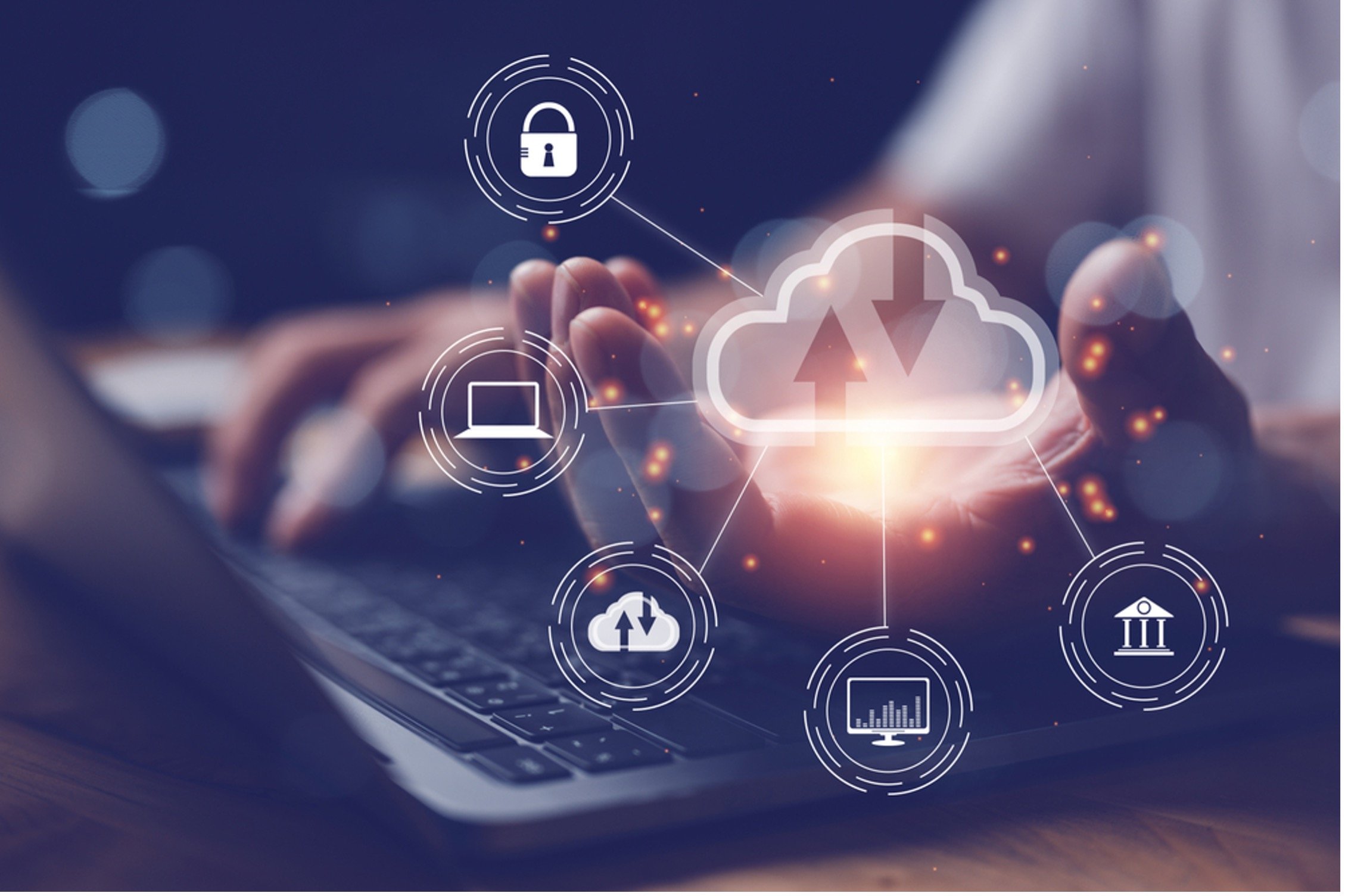
Explore why Inflation Interest Rates are intrinsically linked, detailing the central bank’s role, their impact on the economy, and implications for businesses and consumers.
Key Takeaways:
- Inflation and interest rates have a direct relationship; central banks raise rates to combat rising inflation and lower them to stimulate a slow economy.
- This relationship is a primary tool of monetary policy used by central banks to maintain price stability.
- Higher interest rates make borrowing more expensive, dampening demand and thus easing inflationary pressures.
- Conversely, lower interest rates encourage borrowing and spending, stimulating economic activity and potentially increasing inflation.
- The decisions around inflation interest rates significantly impact consumer spending, business investment, and the overall economic landscape.
Why Inflation Interest Rates Move in Tandem What Drives Their Relationship?
In the complex world of macroeconomics, few concepts are as intertwined and impactful as inflation and interest rates. These two economic forces act as a crucial barometer of a nation’s financial health, influencing everything from the price of groceries to the cost of a mortgage. For anyone navigating the economic landscape, whether as a consumer, a business owner, or an investor, understanding their relationship is not just beneficial, but essential. Historically, as far back as the Hammurabi Code, the connection between lending costs and the value of money has been recognized. However, with the advent of fiat currency and independent central banks, this relationship has become a primary lever for managing economic stability. But why exactly do inflation interest rates tend to move in tandem, and what fundamental economic principles drive this critical relationship? This article delves into the “why” and “what” behind their intrinsic link, exploring the mechanisms through which they influence each other, the role of central banks, and the broad ripple effects across the economy.
The Fundamental Link Between Interest
The relationship between inflation and interest rates is primarily driven by the concept of purchasing power and the time value of money. Inflation is the rate at which the general level of prices for goods and services is rising, and subsequently, the purchasing power of currency is falling. If an investor lends money, they expect to be compensated not only for the use of their capital but also for the erosion of that capital’s value due to inflation over the loan’s term. Thus, lenders demand a higher interest rate when inflation is high or expected to rise, to ensure that the real (inflation-adjusted) return on their loan remains positive. This is often referred to as the “Fisher Effect,” stating that the nominal interest rate is roughly equal to the real interest rate plus the expected inflation rate.
Conversely, when inflation is low or falling, the purchasing power of money is more stable, allowing lenders to charge lower interest rates while still achieving a positive real return. For borrowers, high inflation means that the money they repay in the future will be worth less than the money they borrowed, making borrowing more attractive in real terms. However, higher nominal interest rates offset this, making the cost of borrowing more expensive. This dynamic creates a direct correlation: as inflation rises, so do market interest rates, and vice-versa, as the market adjusts to preserve the real value of money.
The Central Bank’s Role in Managing Inflation Rates
The most significant and deliberate force influencing the relationship between inflation and interest rates is the monetary policy enacted by central banks, such as the Federal Reserve in the U.S. or Bank Indonesia here in Malang. Central banks have a primary mandate to maintain price stability, often targeting an annual inflation rate of around 2-3%. When inflation begins to rise above this target, signaling an “overheating” economy driven by excess demand, the central bank’s key tool is to increase its policy interest rate (e.g., the federal funds rate).
By raising this benchmark rate, commercial banks find it more expensive to borrow money from the central bank. This increased cost is then passed on to consumers and businesses in the form of higher interest rates on loans for everything from mortgages and car loans to business investments and credit card debt. Higher borrowing costs discourage spending and investment, thereby reducing overall demand in the economy. With less demand, businesses face less pressure to raise prices, which helps to cool down inflation. Conversely, during periods of low inflation or economic slowdowns, central banks will typically lower interest rates. This makes borrowing cheaper, incentivizing consumers to spend more and businesses to invest and expand, thereby stimulating economic activity and encouraging a gradual increase in prices towards the target inflation rate. This delicate balancing act, with potential lags of 12-18 months for effects to materialize, is central to a central bank’s mission.
Impact of High Inflation on the Economy
High inflation and interest rates have significant and widespread impacts across the economy, affecting different sectors and individuals in various ways. For consumers, higher interest rates mean that borrowing becomes more expensive. Mortgage payments, especially for variable-rate loans, increase, reducing disposable income. Auto loans and personal loans also become costlier, deterring big-ticket purchases. Conversely, higher interest rates can be beneficial for savers, as they earn more on their deposits and savings accounts. However, if inflation outpaces the interest earned, the real return on savings can still be negative.
For businesses, particularly those reliant on debt financing, high interest rates increase the cost of borrowing for expansion, equipment purchases, and even day-to-day operations. This can lead to reduced investment, slower growth, and in some cases, layoffs. Industries that are particularly sensitive to interest rates, such as housing and automotive, often experience a significant slowdown. Furthermore, higher interest rates can strengthen a country’s currency, making exports more expensive and potentially reducing demand for domestically produced goods abroad. While essential for controlling runaway inflation, prolonged periods of high interest rates can lead to an economic slowdown or even a recession, if demand is suppressed too much.
Navigating the Current Landscape of Inflation Interest Rates
As of mid-2025, many global economies are still navigating the aftermath of the recent period of elevated inflation, which prompted central banks worldwide to aggressively raise interest rates. Economic experts surveyed in early 2025 anticipated global average inflation rates to be around 4.0% in 2025, with variations across regions. For instance, North America expected inflation around 3.2%, while some parts of Africa and South America anticipated rates over 20%. The OECD reported headline inflation declining to 4.2% in March 2025, reaching its lowest since July 2021, showing that central bank actions are having an effect.
This ongoing scenario means that central banks continue to carefully monitor economic data, weighing the need to bring inflation fully back to target against the risk of stifling economic growth too severely. The current phase is characterized by central banks assessing whether to maintain current high rates, or begin a “cutting cycle” as inflation moderates. For businesses and consumers in Malang, like those across Indonesia, staying informed about Bank Indonesia’s monetary policy decisions is crucial. These decisions on inflation interest rates will directly influence lending costs, investment opportunities, and the overall affordability of goods and services, shaping financial decisions and economic prospects in the coming months and years. The balancing act continues, as central banks strive for the elusive goal of stable prices and sustainable economic growth.








